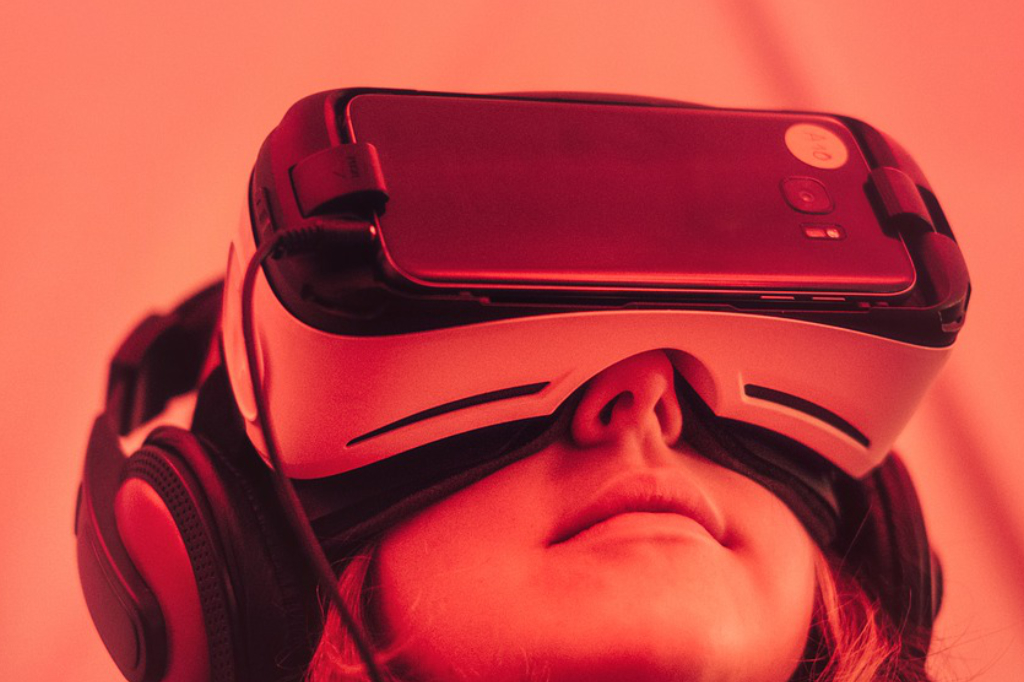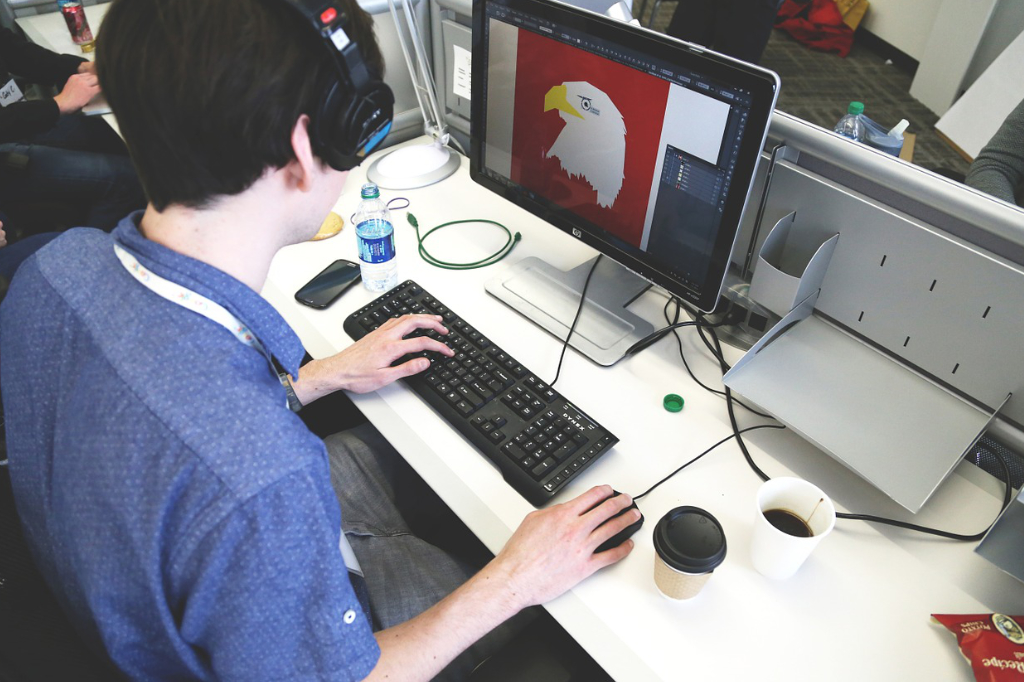VR and AR: How are Immersive Shopping Experiences Transforming the Future of Ecommerce
The benefits for using Augmented and Virtual Reality technology in eCommerce are immense, to both consumers and retailers. They can streamline the buying process and more importantly, they can enable personalized shopping experiences, one of the most circulated concepts in eCommerce these days.
We’re experts in e-Commerce development services and we’re here to help you choose the right solution for your business.
Unfortunately, at present, VR and AR are affordable for big names in the industry only, with enormous budgets, because their implementations often require big development costs and a high level of technical expertise. Moreover, these technologies depend on high bandwidth and low latency to function smoothly, which can be a hurdle for users with inadequate internet connections or older devices.
However, this is about to change. With increasing developments in 5G and the idea of Edge Computing, which is foundational to Web 3.0 and implies moving computing and storage functions closer to data sources at the edge of the network, making the distance that data needs to travel shorter, will allow data-heavy immersive experiences that include AI, augmented reality (AR) and virtual reality (VR) to be processed faster and with low latency, working seamlessly.
Understanding AR and VR
The terms AR and VR are used a lot these days and although the two are very different concepts, with defining characteristics, as the technologies develop, they started to merge into each other in some ways, creating a new technology: mixed reality. This is readily apparent in the new Apple Vision Pro which combines both AR and VR concepts. If you want to find out more about the Apple Vision Pro, you can check our comprehensive article here…

VR headsets completely take over your vision to give you the impression that you’re somewhere else. VR technology can be divided into three patterns: computer-based VR, projection system-based VR and VR with 3D glasses, voice monitors, and headsets.
While virtual reality replaces your surroundings, augmented reality adds to it. AR displays can offer something as simple as a text overlay that shows the time, to something as complicated as holograms of furniture floating in the middle of a room.
AR technology can be divided into computer-based AR, headset-based AR and mobile-based AR.
E-commerce companies have applied these two innovative immersive technologies, and they have proved to offer unprecedented opportunities to boom their businesses. In 2017, the furniture giant IKEA launched its first version of IKEA PLACE (AR App) with over 2,000 3D virtual furniture and interior designs, providing consumers with a vivid pre-try experience.
The COVID-19 pandemic has led to the scaling of e-commerce, and many companies have attempted to use VR/AR to enhance consumers’ online shopping experiences. Home Depot, Wayfair, Sephora, Amazon, Nike, and many more, have all integrated these technologies into their online stores.
Enhancing the customer experience
The integration of VR and AR into e-commerce is not just about technology; it’s about crafting interactive shopping experiences that resonate with customers on a new level.
By leveraging AI-driven data on individual preferences and past shopping behaviors, retailers can then use VR and AR to present curated virtual store environments tailored to each shopper. These environments can recommend products, adjust lighting, layout, and even décor to align with a customer’s taste and shopping habits, making the experience far more engaging than traditional online shopping.
One of the most tangible benefits of AR in e-commerce is the ability to ‘try before you buy’. AR technology allows customers to see themselves wearing clothing, eyewear, or jewelry without physically trying on the items. Similarly, VR can simulate the experience of using a product in a real-world environment.
These capabilities not only enhance the customer experience but also have the potential to reduce return rates by providing a more accurate expectation of the product.
Operational benefits for retailers
An innovative step in operational planning and efficiency for eCommerce businesses is the use of AI and Virtual Reality (VR) to simulate warehouse layouts and workflows. This allows companies to meticulously design and test various warehouse configurations in a virtual environment before any physical effort is employed, enabling a level of flexibility and foresight that was previously unattainable.
Retailers can experiment with different layouts to see how their choices affect not only space utilization but also the efficiency of workflows—such as the picking process, or to reduce the risk of accidents.
The simulation can incorporate real-world data gathered with the help of AI, allowing for the testing of different scenarios, such as peak shopping periods or inventory fluctuations, to evaluate how the warehouse would perform under various conditions.
Challenges
At present, although these technologies have proved their worth far and wide, implementing them is not a small feat. Challenges like the requirement of massive investment in software development and hardware production are often a significant barrier for many retailers. Crafting a seamless AR/VR experience demands a high level of technical expertise.
All these require big budgets and because VR/AR technologies are not universally adopted, the reach of VR/AR-enhanced e-commerce is currently limited to a tight market, which may not justify the investment for some businesses.
On top of these, VR and AR content often require high bandwidth and low latency to function smoothly and although internet speeds have improved drastically over the course of the years, there are still users with inadequate internet connections or older devices.
But the landscape is rapidly evolving. Even if the requirements for VR and AR to work properly are hard to achieve through the web infrastructure built for Web 2.0., within a Web 3.0 context and with 5G in place, these technologies will be widely available.
Successful case studies
In the last 5 years, many retailers have come out with augmented reality apps to make it easier for customers to buy. Of course, they might not suit every type of product, and that’s why the first to implement such technologies were retailers selling furniture or fashion goods.
Home Depot developed an app which allows users to try on various products ranging from refrigerators to chandeliers in any room in their home.
IKEA Place is a real game changer when it comes to AR apps used to buy furniture. Users can point their smartphone camera at their living room and the app will automatically measure the space, providing recommendations on furniture.
Sephora’s app allows customers to scan their faces and try on different shades of makeup. The app works like a virtual makeup artist, helping customers to digitally try on products.
Nike’s app called Nike Fit allows customers to find their true shoe size. This comes to help reduce many returns due to wrong fits.
Integrations with major eCommerce platforms
The aforementioned retailers have successfully implemented immersive technologies into their shopping experiences, but the amount spent for such developments probably soared well above 6-zero figures. What about smaller retailers? What choices do they have?

Well, the market for 3rd-party integrations diversified a lot in the last years and and merchants now have the possibility to upload, manage and distribute their 3D models without custom development or coding and at affordable prices.
Arficio for example, lets merchants upload a QR code on the product page. Customers will scan the QR code with the camera app, or click on the link that merchants have provided them on a mobile device, after which the AR web application will open automatically in the browser to view the 3D model.
However, with Arficio, all is done in the Arficio app, and not the retailer’s app, and that’s why it might put some clients off.
Threekit on the other hand, is a different breed. A very powerful platform which can be integrated with all major ecommerce systems, Threekit can connect products, create incredible visuals – from interactive 3D to Virtual Photographer and augmented reality – and sell them in any channel.
Its monthly price? From $4000/month, but prices could be even higher and are based on your system’s requirements.
Zakeke is another option offering a Visual product Customizer and AR Configurator. Zakeke promises a simple integration process that reduces manual work and errors, and with prices starting from €90.93month for 100 configurable products, it’s a real strong contender.
Final thoughts
Bridging the gap between the convenience of online shopping and the tangibility of physical retail, the integration of Augmented Reality (AR) and Virtual Reality (VR) in e-commerce holds the promise of revolutionizing the shopping experience.
The journey ahead is complex. However, the strides made thus far are promising. Retailers and technology providers are continuously working on more accessible solutions. With the advent of 5G connectivity, along with advancements in edge computing and with more affordable and user-friendly platforms emerging, smaller retailers will increasingly be able to offer immersive shopping experiences, previously the domain of industry titans.
If you want to know more about our list of services at Clever++, please visit our website.




